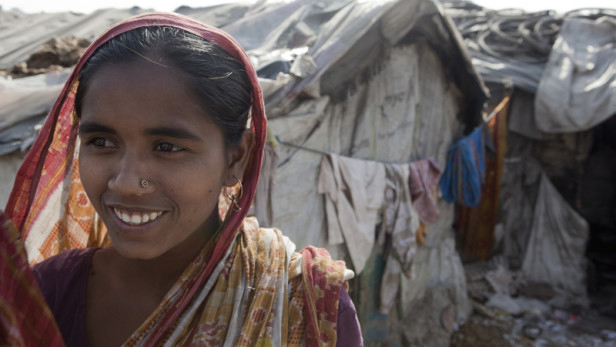
By better understanding people’s needs and the context in which they live, development efforts will naturally become more cross cutting and integrated. Photo: Jessica Scranton/FHI 360
Impressed with their success in Kenya, the donor installed state-of-the-art hand pumps along Somalia’s Jubba River, confident that community members would also benefit from the highly effective water delivery system.
A year later, the water pumps sat broken and unused.
When my colleagues and I visited the community to ask why folks weren’t using the pumps, they told us that a regular (earthen) catchment system to capture water during the rainy season or a hand-dug well along the riverside would have better jibed with their way of life. That’s what they would have preferred. But no one talked to them before installing the hand pumps.
It’s a scenario I’ve witnessed time and again in global development, whether the goal is to improve reproductive health outcomes for women or rebuild communities in the wake of a natural disaster or conflict. For too long now, donors and development practitioners have taken a top-down approach to addressing complex global challenges — or even the seemingly simple ones, like providing water during the dry season. We predetermine the solutions. We package them into artificial, often unrealistic time frames. And we do it all alongside of rigid funding structures.
But how often do we consult the people we strive to help before we design an intervention or determine the outcomes meant to improve their lives?
This month, as world leaders endorse a new, ambitious set of global goals that span from cleaning up the planet’s oceans to ending all forms of poverty, it is imperative that donors, governments, development practitioners and the private sector begin to reimagine how we all can work together to address the increasingly difficult — and interrelated — challenges faced by people around the world.
Read the remainder of the blog here.
